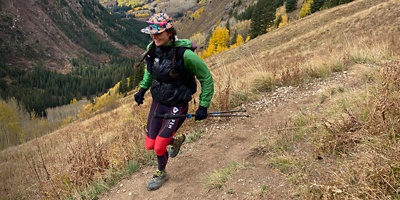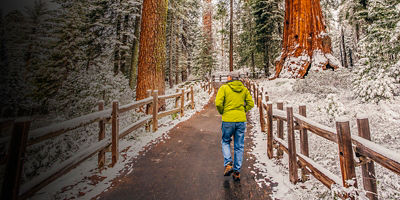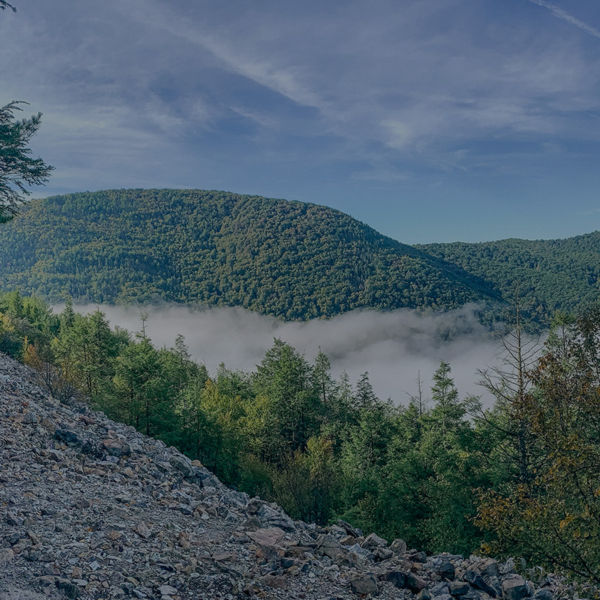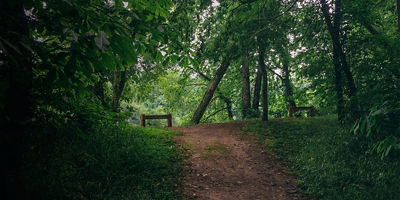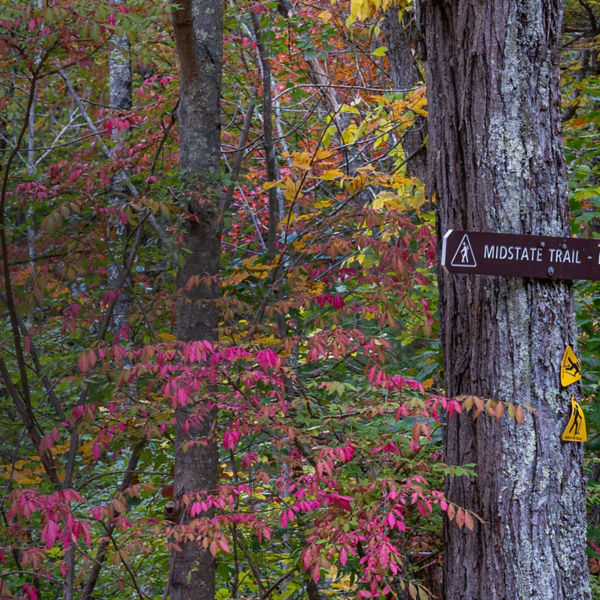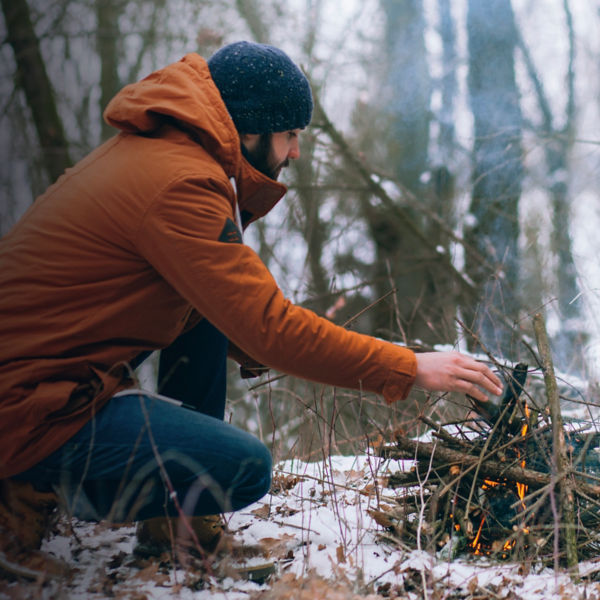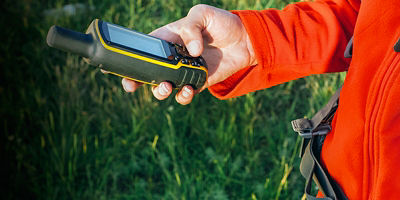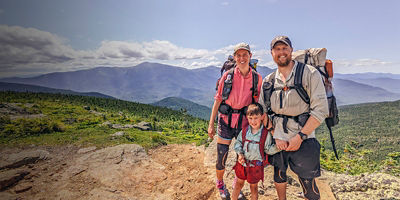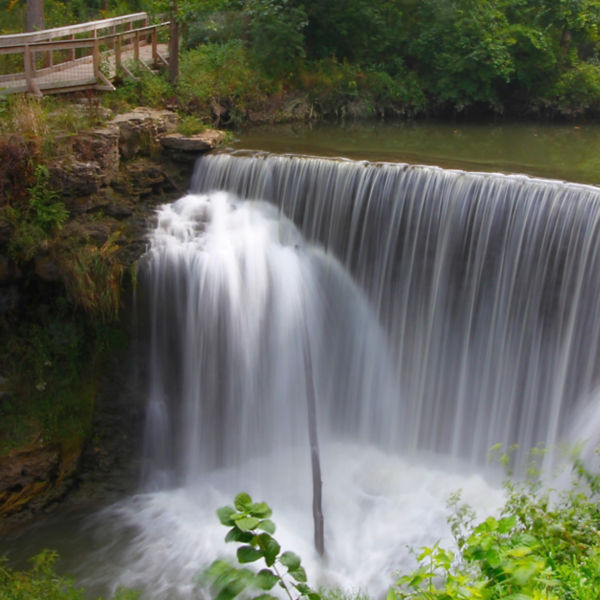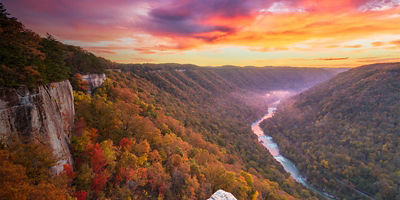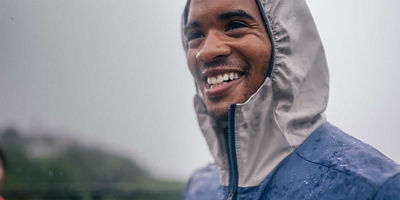
Nika Meyers didn’t know she’d be attempting a speed record of the 486-mile Colorado Trail until just four days prior. But in the middle of July 2021, Meyers (she/her) learned of a surprise opening in her work schedule—and decided to go for it. After all, the veteran distance hiker (having bagged the Triple Crown of the Appalachian Trail, the Pacific Crest Trail and the Continental Divide Trail) had been training all summer, and she wasn’t sure when she’d get another chance.
So, on July 21, the 32-year-old toed the line at the trailhead in Denver. And at sunrise, she set off to traverse some of the roughest terrain in the Colorado Rockies. Meyers averaged about 50 miles each day. On July 30, she finished, reaching the trail’s terminus in Durango and shattering the previous record by nearly a day. Her time: 9 days, 14 hours, and 19 minutes. Though an incredible accomplishment, especially given its spontaneous launch, when asked about maintaining the peak fitness needed to set off at a moment’s notice, Meyers didn’t give the answer you might expect. Instead, she revealed an unconventional training philosophy—and a valuable approach all thru-hikers can learn from.
The Best Way to Get in Shape for Thru-Hiking
“We as a culture get so caught up in the idea of not being in shape,” Meyers says. “But the truth is it’s hard to know whether your body can hike a consistent mileage because it totally depends on the terrain.” Doing weighted step-ups in the gym isn’t going to necessarily translate to better endurance on the trail, and hiking long miles through East Coast woods probably won’t have you feeling strong on the Pacific Crest Trail’s high passes.
That’s why there’s a saying among the long-trail community: “The best way to get in shape for thru-hiking is by thru-hiking.” Meyers tends to agree. Instead of worrying about concocting the perfect training plan, she says, focus on getting outside often, learning as much as you can about how to use your gear, and committing to listening to your body when you do start the trail.
“On a long trail, you really do have a lot of time to develop your fitness along the way,” she says. “So the trick is to start slow. If someone you’re hiking with wants to do 20 miles a day right out of the gate and you know you can’t, don’t. Take it easy until you feel strong and ready for that higher mileage.”
However, while Meyers doesn’t recommend devoting your life to training ahead of a long trail, she does recommend making sure you have at least some level of base fitness.
How Much Base Fitness is Enough?
Even for Meyers’ highly competitive Colorado Trail attempt, she wasn’t hitting the weight room, tracking her mileage, or timing herself on most of her outings. Instead, her only training goal was to get outside every day. Sometimes, that meant hiking the 6-mile loop in her backyard in Aspen, Colorado. Other times, it just meant ambling the 4 miles per day she usually covers during the kids’ adventure camps she leads for work. Throughout, she only kept track of one consistent metric: how her body felt.
Meyers didn’t wait to hit a goal time or mileage to decide she was ready for a long trail. Instead, she paid attention to how she felt on training hikes. When her legs felt strong, her knees and ankles felt stable and tweak-free, and she could hit what felt like a cruising speed for a few hours at a time with her intended pack weight—that’s how she knew she was ready.
If you’re the kind of person who likes to nerd out over stats and data, you might be raising an eyebrow right about now. Bear with us. While unconventional, Meyers’ approach is actually extremely relevant to thru-hiking. On a long trail, you have a lot of time and wiggle room to get in shape, stay in shape, and finish the trail on your own timeline—that is, provided you don’t get injured. And the biggest way to avoid injury? Listen to your body. Know what strong feels like for you. That way, you can go for those big miles when it feels good—and scale back when you can tell your legs need a rest.
